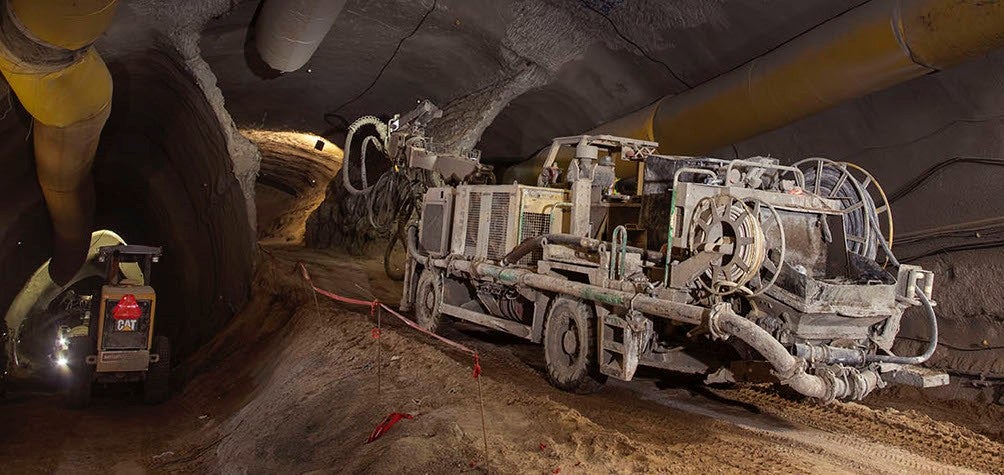Disinfectants as chlorine and chlorine dioxide are used for the treatment of water in cases of water-supply, industrial processes and in swimming pools.
On the one hand it is indispensable to measure out the disinfectant to a sufficient degree to guarantee the demanded sterility but on the other hand you are only allowed to add the required quantity to avoid any risk and danger.
For this the new transmitter Liquisys M Chlorine can be used for. In connection with the membrane-covered sensors CCS 140 respectively 141 which are used in cases of free chlorine as well as the CCS 240 respectively 241 which are used in cases of chlorine dioxide a large measuring range up to the lower limit of 0,01 mg/l can be covered over with high accuracy and with long-term stability.
The safety concept is unique as it makes sure that incorrect measured values are recognised and that the damage caused by incorrect dosage can be avoided. For safety purposes there is sample flow monitoring as well as mainstream flow monitoring independent of the first, alarm threshold monitoring, controller check and sensor live check, as well as optional ORP measurement for reason of redundancy, all in one instrument.
A great advantage is the modular structure of the instrument. Three versions can be used corresponding to any requirements: a very favourable basis version called EK which can be used for measurement of chlorine and chlorine dioxide, another version called ES provided with added features as well as the complete version called EP which offers a combined measurement with pH or ORP in one instrument. As you are able to retrofit your instrument at any time it can easily be adapted to variable requirements.
The whole Liquisys M family includes besides instruments for chlorine and chlorine dioxide those for parameters as pH value, conductivity, turbidity and dissolved oxygen also as a 96×96 mm panel housing as well as a field housing. The standardised operating structure of the whole family for all parameters allows an easy handling. With Liquisys M we succeeded in connecting exact measured values with adapted safety functions for the benefit of a high process stability.










